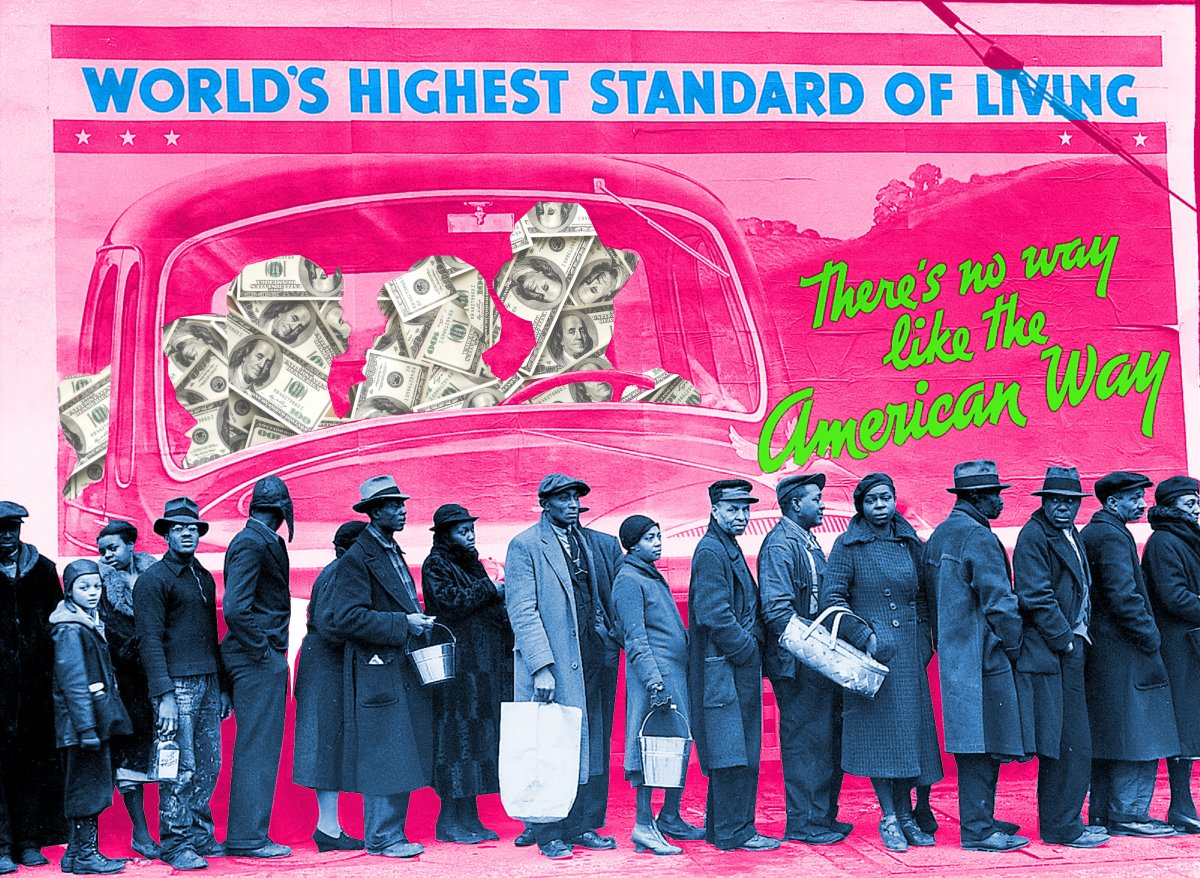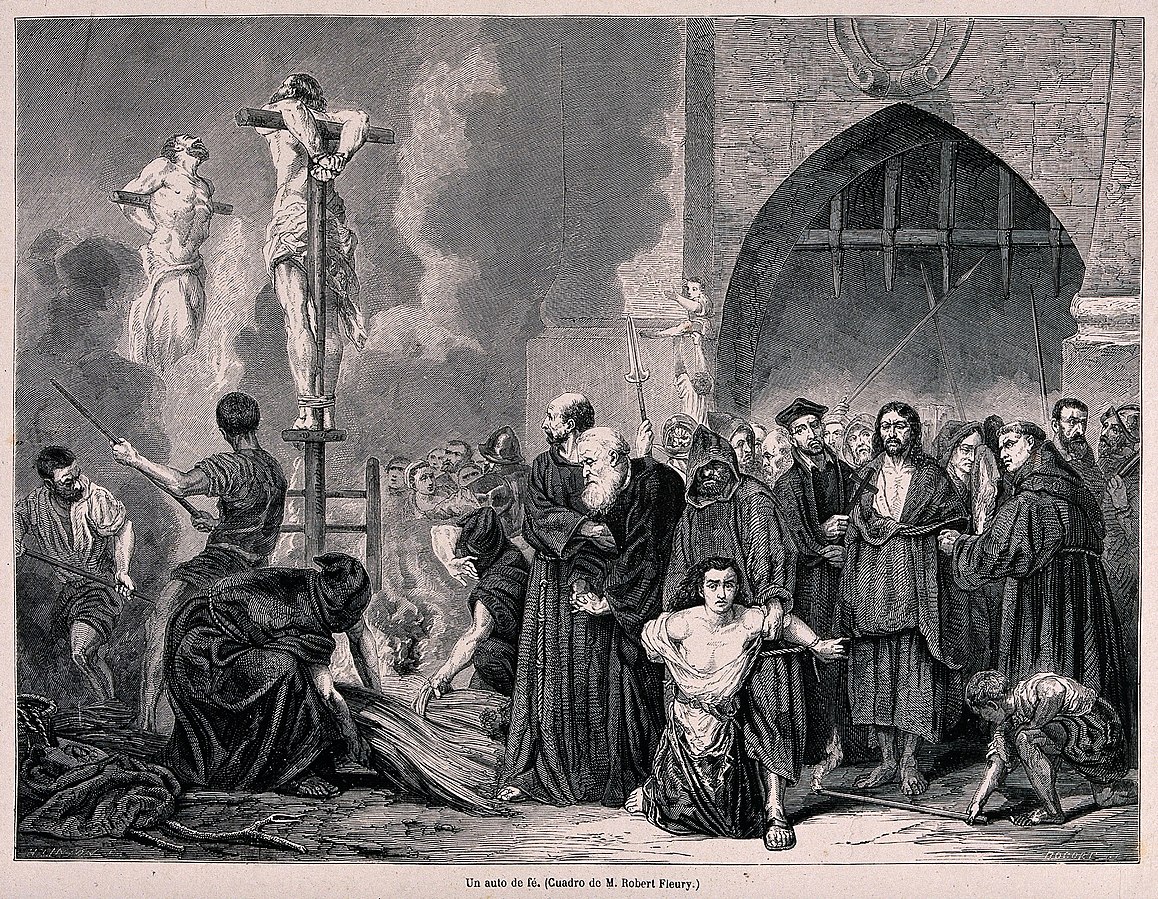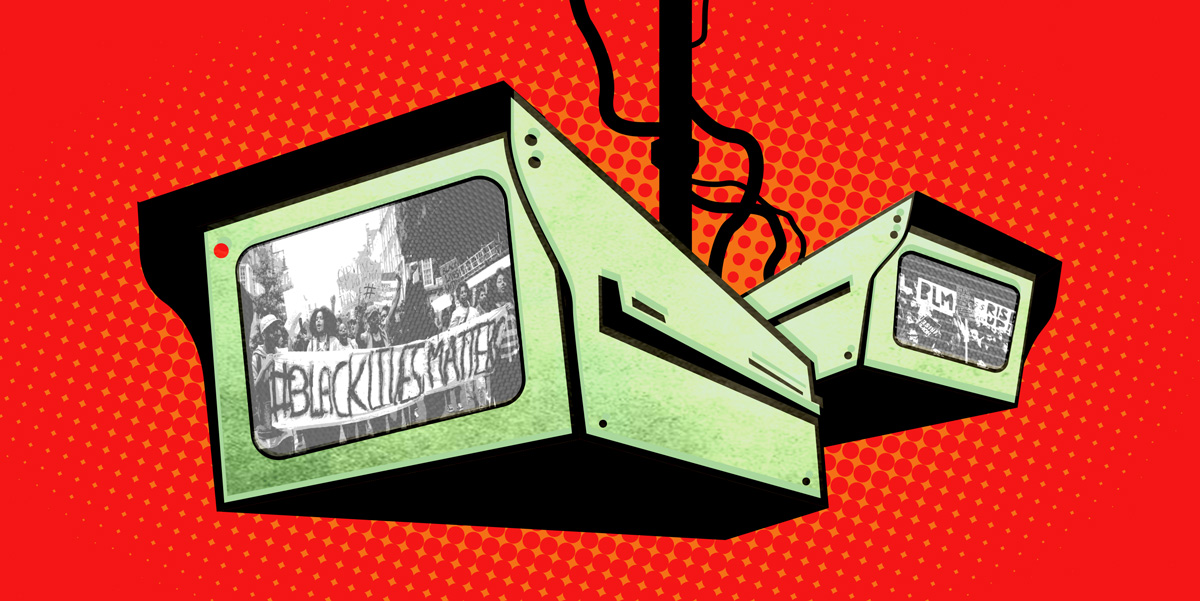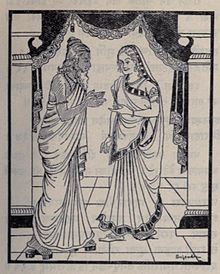If you've read U Missouri econ prof Michael Hudson's writings on the subject, you know that for millennia, rulers in these circumstances simply wiped out the debts, declaring a "jubilee" that allowed people to rebuild after disasters rather than being trapped in debt spirals.
2/
In a new essay on
@NakedCapitalism called "How an 'Act of God' Pandemic Is Destroying the West: The US Is Saving the Financial Sector, Not the Economy," Hudson reveals the abyss on whose brink we are balanced, and what we must do to pull back from it.
https://t.co/6noe3xiiW5 3/
Hudson's oft-repeated golden rule is "Debts that can't be paid, won't be paid." That is to say: making it harder to declare bankruptcy, or binding debtors over to arbitration or wage-garnishing won't actually get them to pay debts they cannot afford.
4/
This is a very sharp observation in the US context. The 2008 crisis was "solved" by bailing out finance, not people - and so the finance sector was able to lend to consumers to buy things again, while consumer debt mounted to spectacular levels.
5/
Between mounting costs for housing, education, transport and health - a place to sleep, a path to employment, a way to get to work, the physical capacity to do your job - being alive has meant increasing your debt burden.
6/
And now the US real economy - the wage-generating (and thus debt-servicing) economy - has ground to a halt. The finance economy continues to boom, largely on the (obviously false) premise that debts will continue to be repaid.
7/
It's worth contrasting the US approach - the $1200/person bailout, the $6T finance bailout - with other countries that are less beholden to their finance sectors.
8/
Canada and many EU governments simply assumed the payrolls of firms, relieving them of their major expense and providing ready cash to consumers that the can use to purchase from those retailers that remain.
9/
And in China, where most of the finance sector is state owned - where banks are public utilities - debts were suspended: "debts, rents, taxes and other carrying charges of living and doing business cannot resume until economic normalcy is able to resume."
10/
Contrast with the US, with ever-more-desperate measures to deny the iron law that "debts that can't be paid won't be paid."
Regulators have unshackled new forms of predatory lending (aka "fintech") with APRs in the hundreds or thousands of percent:
https://t.co/lIrL7kU93L 11/
And at the other end of that pipeline is a massive debt-collection bubble, as fintech subprime darlings like Oportun unleash a tsunami of debt lawsuits (more than 30/day!) against people with no means to pay:
https://t.co/ULX8hBCO5a 12/
Desperate, broke people are willing to work for ever-lower wages, which puts downward pressure on EVERYONE'S wages.
Hudson: "Rising debt overhead serves the business and financial sector by lowering wages while extracting more interest, financial fees, rent and insurance."
13/
America's longest period of expansion - the post-war boom - kicked off with the lowest levels of debt in living memory (wartime wages boomed, while wartime shortages left consumers with nothing to buy). Every recovery since has increased the economy's debt-to-asset ratio.
14/
Eventually there comes a reckoning. Debts that can't be paid won't be paid. Business as usual has been to "let creditors foreclose and draw all the income and wealth over subsistence needs into their own hands."
But that's no longer possible. We've hit bottom.
15/
US consumer debts can only be paid by "shrinking production and consumption, leaving them as strapped as Greece has been since 2015."
16/
Something has to give: "either the population’s broad economic interests, or the vested interests insisting that labor, industry and the government must bear the cost of arrears that have built up during the economic shutdown."
17/
The decision to to force businesses to pay rent during the shutdown led mass bankruptcies: a business that closed for months while accruing a rent buildup cannot recover - even a year of normal takings will leave it with no profits, every penny diverted to the landlord.
18/
19% of hotel mortgages are in arrears, 10% of retailers - commercial real-estate mortgages stand at $2.4T. 40% of retail tenants are not currently paying rent - building up more indebtedness that can't be paid (debts that can't be paid won't be paid).
19/
And while the US government can conjure money into existence by typing numbers into a spreadsheet at the central bank, states and cities (now starved of sales/property tax) cannot, and many are also bound by "balanced budget" rules.
20/
Neither the GOP nor the Dems are willing to confront this. McConnell has advised states to meet bond obligations by raiding their pensions. Dems have abandoned efforts to provide relief to working people.
21/
It's a very different story in China: "China can recover financially and fiscally from the virus disruption because most debts ultimately are owned to the government-based banking system."
22/
"Money can be created to finance the material economy, labor and industry, construction and agriculture. When a company is unable to pay its bills and rent, the government doesn't stand by and let it be closed down and sold at a distressed price to a vulture investor."
23/
For thousands of years, governments have understood that crises can only be weathered through debt forgiveness. The Anglo-American madness that insists that debts that can't be paid will someday be paid has hit bottom.
eof/






































